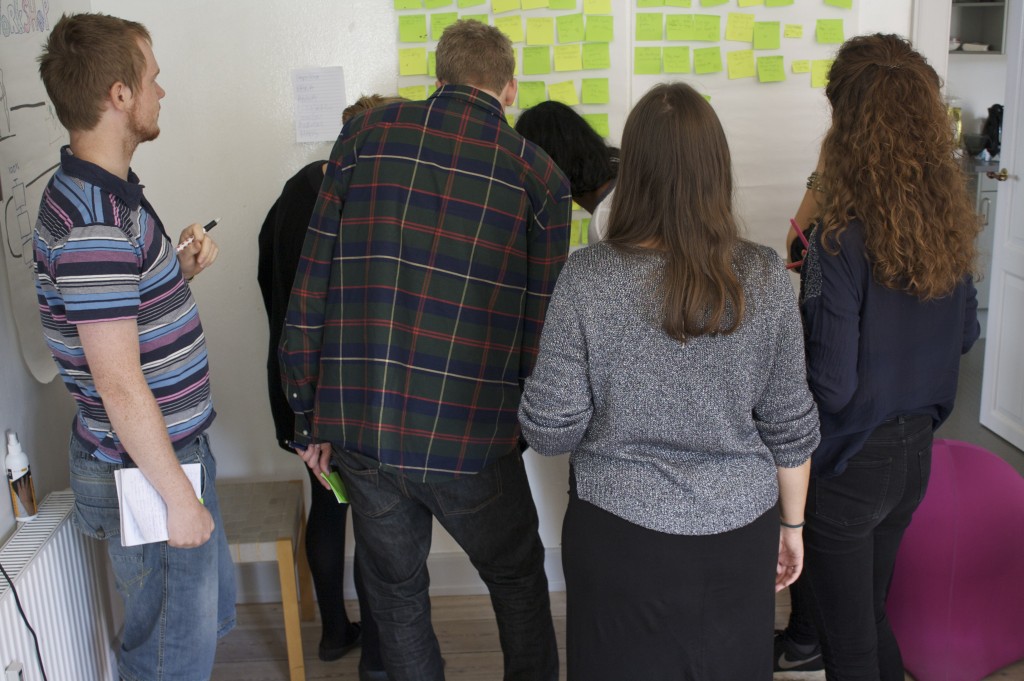Confusion Tolerance is a method for creating 100 ideas in 15 minutes. It focuses on quantity as opposed to quality. By pushing for as many ideas as possible the aim is to reveal the hidden and most remote of associations.
The method utilizes the creativity of the whole group to elicit both all the immediate and obvious ideas as well as the different and unexpected ideas.
Confusion Tolerance is particularly suitable in the beginning of the idea generation process.


